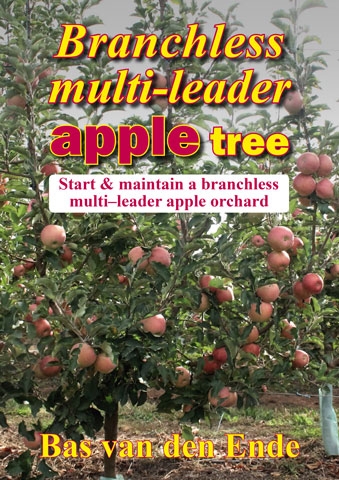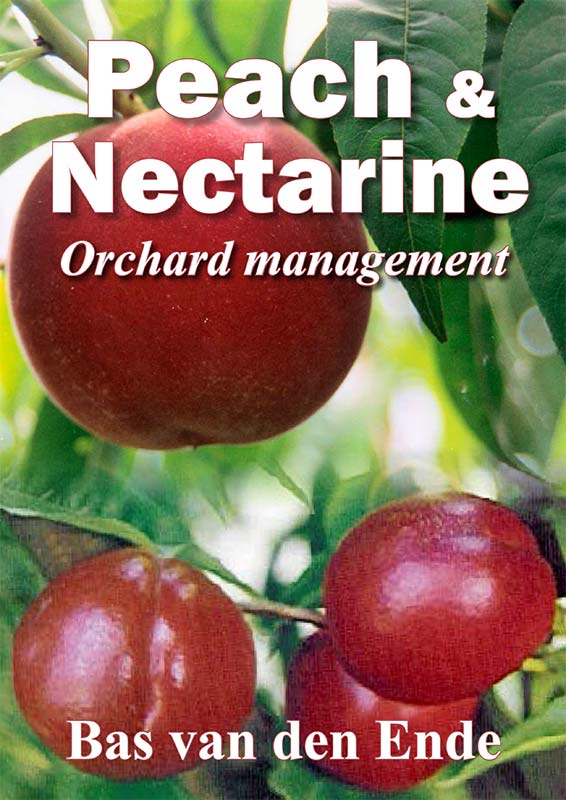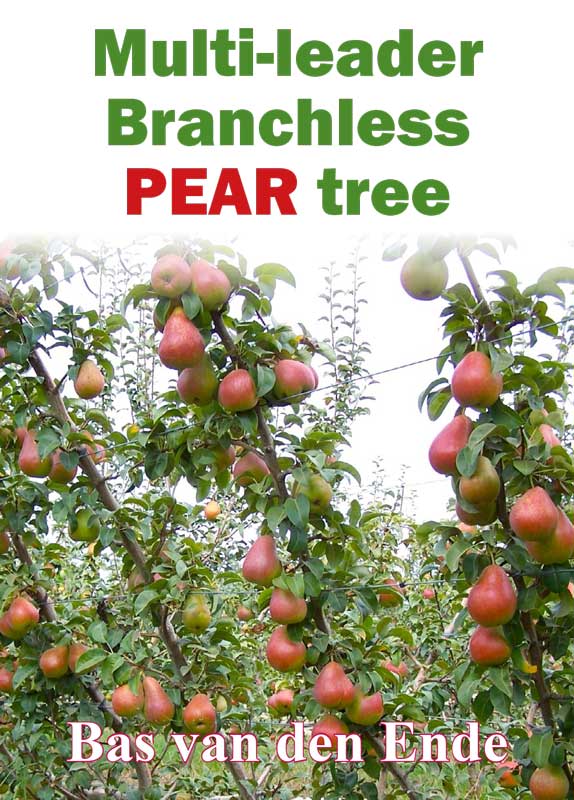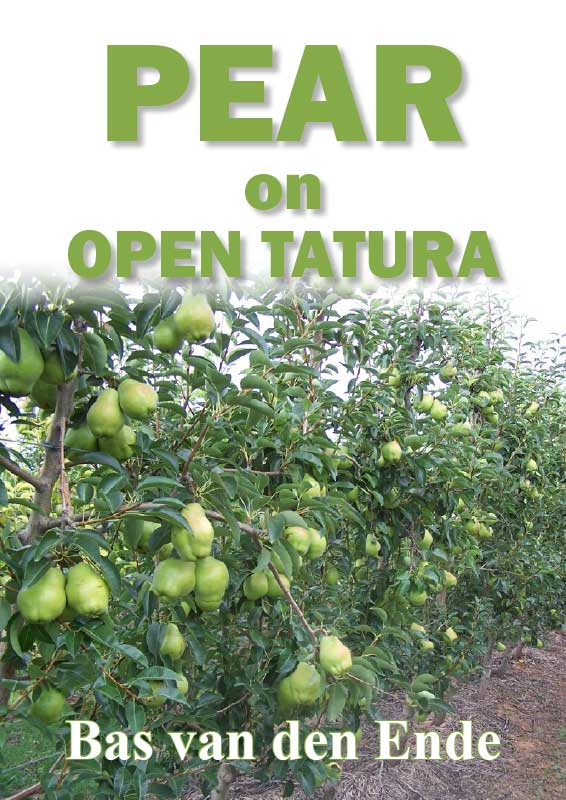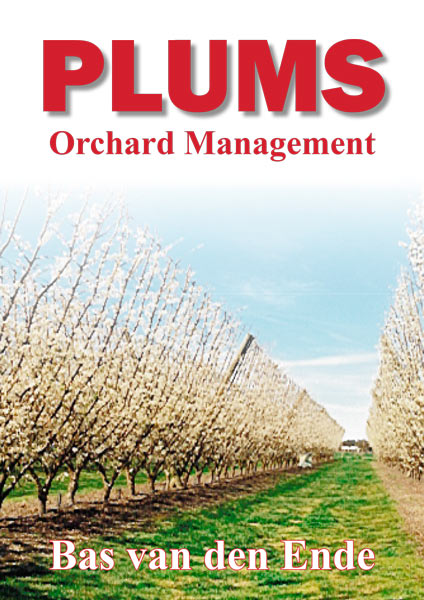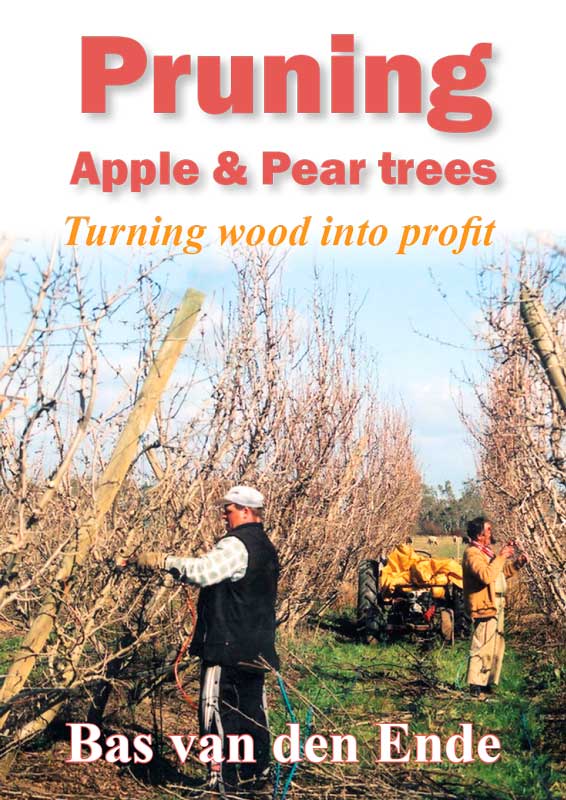After all the weed strips have been sprayed, cultivated or controlled (at least for now), think about adding mulch or organic matter to the tree line.
A side-throw mower can be useful in spreading a cover crop along the tree row, or for spreading any green growth at the start of spring. This management practice adds organic matter to the soil in the rootzone.
Other effective mulches include straw, chicken manure or even recycled organic matter that is available from some municipal councils.
The addition of mulch also benefits earthworms which aerate the soil and help to convert the mulch into forms of organic matter that make nutrients more available to plants.
Adding mulch to a depth of 15 cm also suppresses weed growth and improves water penetration.
After two or three years, top-up the mulch layer along the tree line to keep the benefits coming.
A key benefit of spreading mulch is extra shoot growth, this is important when establishing young trees. Maintaining a tree row that is free of weeds that compete for water and nutrients, helps to get young trees off to a good start in those all-important first couple of years.
Established trees also benefit from mulch. They benefit from the extra moisture and nutrients available when setting up their balance of vegetative growth and fruit buds—provided that extra nitrogen is applied to replace that which is used to break-down the mulch.
The benefits of mulch—known for years
The following is written by Professor Henry Tanner in England in 1891.
“Remember, we add manures to the soil in growing large crops. Any portion of the crop which may be returned to the soil, is a return of a part of a loan. Some of the crop is sent to market, and the loss is often made good by sending back artificial manure instead.”
My point for the quotation is that nothing is new about fruit growing. To further demonstrate I have included three photos of cherry trees from Growing Fruit in Australia, a book by Paul Baxter published in 1981—almost 100 years after Prof Tanner's quote from 1891.
In photo 1 is a young cherry tree that had no mulch applied. It is near the end of the growing season and it looks stressed and is losing its leaves far too early.
In photo 2 is a young cherry tree that had poultry manure applied. It shows increased growth and improved health.
In photo 3 is a young cherry tree where black ultraviolet-stabilized plastic was placed along the tree row. The tree shows improvement in growth and general appearance.
Paul Baxter, Master of Agricultural Science was a senior Horticultural Advisor for the Victorian Dept of Agriculture. He was educated at Dookie Horticultural College and Melbourne University.
Paul published many scientific papers including one on cherry trees and mulch. His work has influenced me and many other fruit growers.
Applying the knowledge
If you had a large crop last season, have you added something back to the soil yet?
See this article in Tree Fruit June 2021



